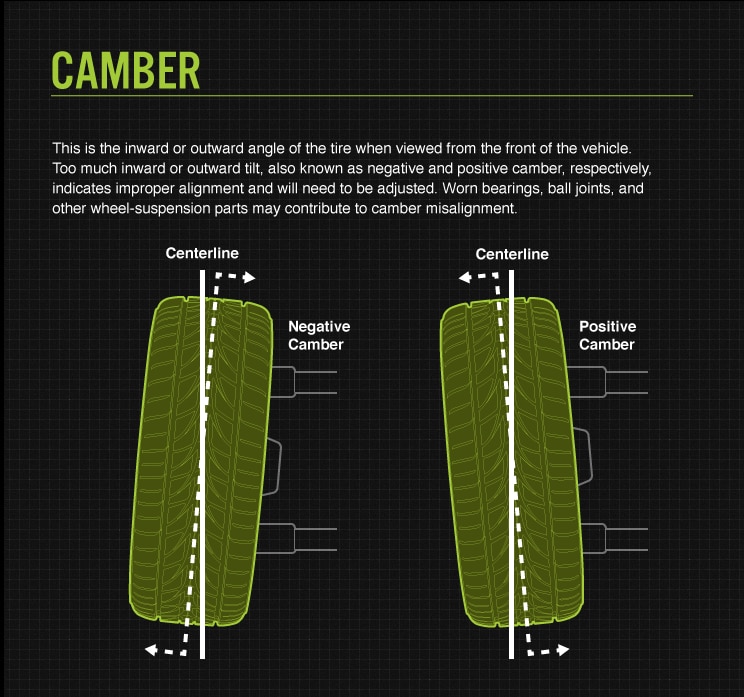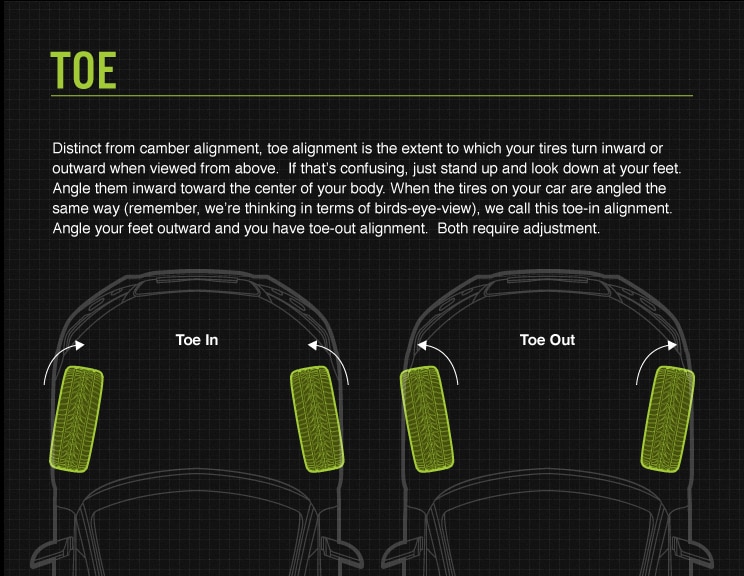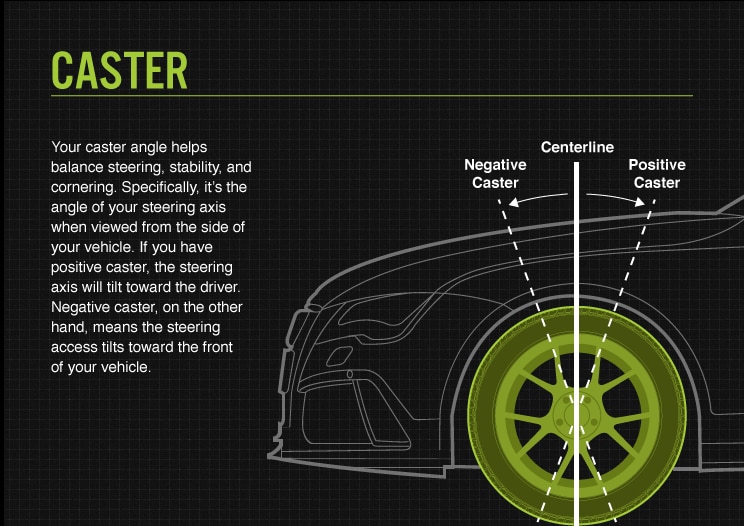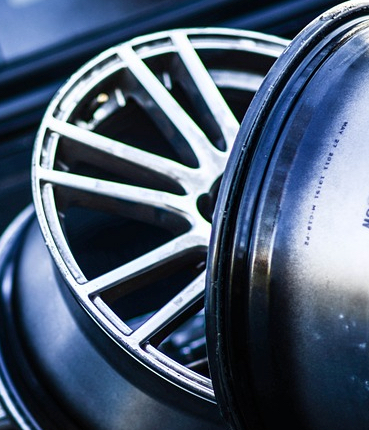Car, Truck & RV Alignment Services
Like any well-oiled machine, your vehicle requires service and maintenance. Tire alignment is good for your car and yourself.
Having your tires aligned keeps you safe, makes for a smoother ride and avoids uneven tire tread wear. New tires are expensive, but getting them aligned is not. It’s better to be on the safe side.
Here is some information and pictures from Bridgestone website on Tire Alignment and its importance.
1. CAMBER
This is the inward or outward angle of the tire when viewed from the front of the vehicle. Too much inward or outward tilt, also known as negative and positive camber, respectively, indicates improper alignment and will need to be adjusted. Worn bearings, ball joints, and other wheel-suspension parts may contribute to camber misalignment.

2. TOE
Distinct from camber alignment, toe alignment is the extent to which your tires turn inward or outward when viewed from above. If that’s confusing, just stand up and look down at your feet. Angle them inward toward the center of your body. When the tires on your car are angled the same way (remember, we’re thinking in terms of birds-eye-view), we call this toe-in alignment. Angle your feet outward and you have toe-out alignment. Both require adjustment.

3. CASTER
Your caster angle helps balance steering, stability, and cornering. Specifically, it’s the angle of your steering axis when viewed from the side of your vehicle. If you have positive caster, the steering axis will tilt toward the driver. Negative caster, on the other hand, means the steering axis tilts toward the front of your vehicle.




